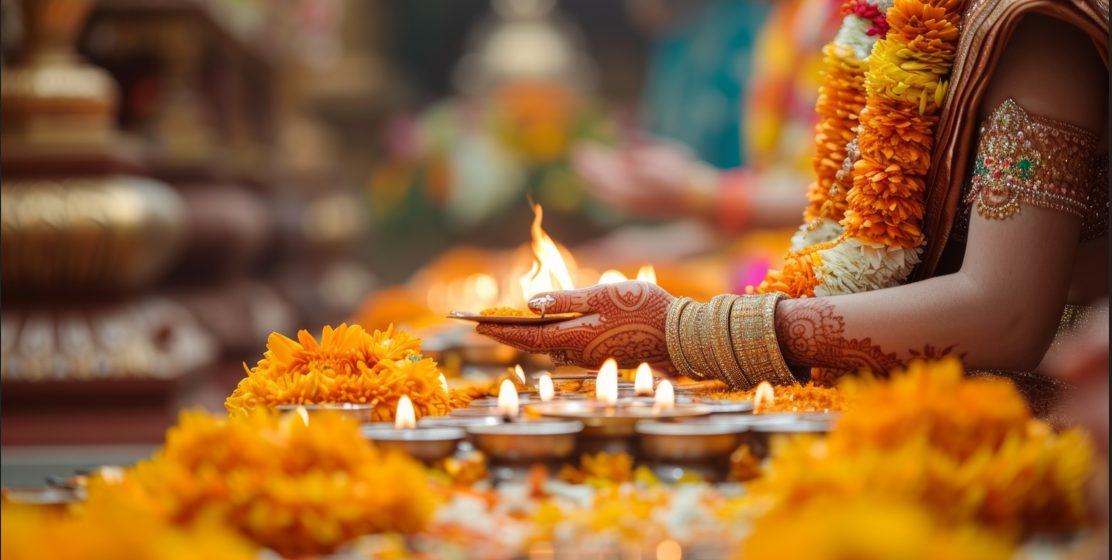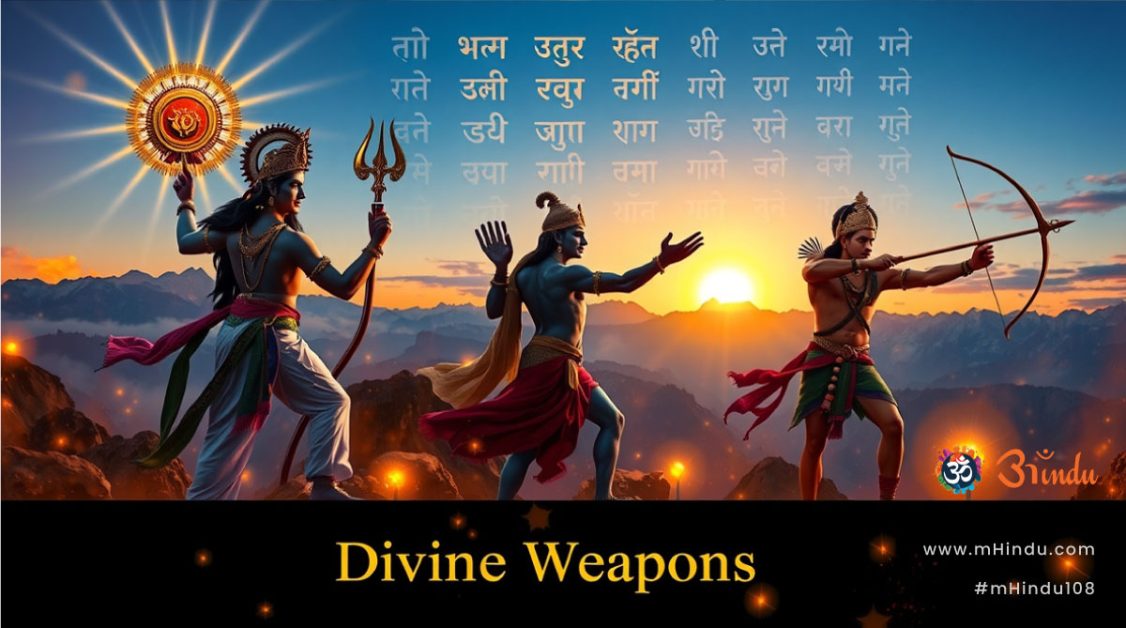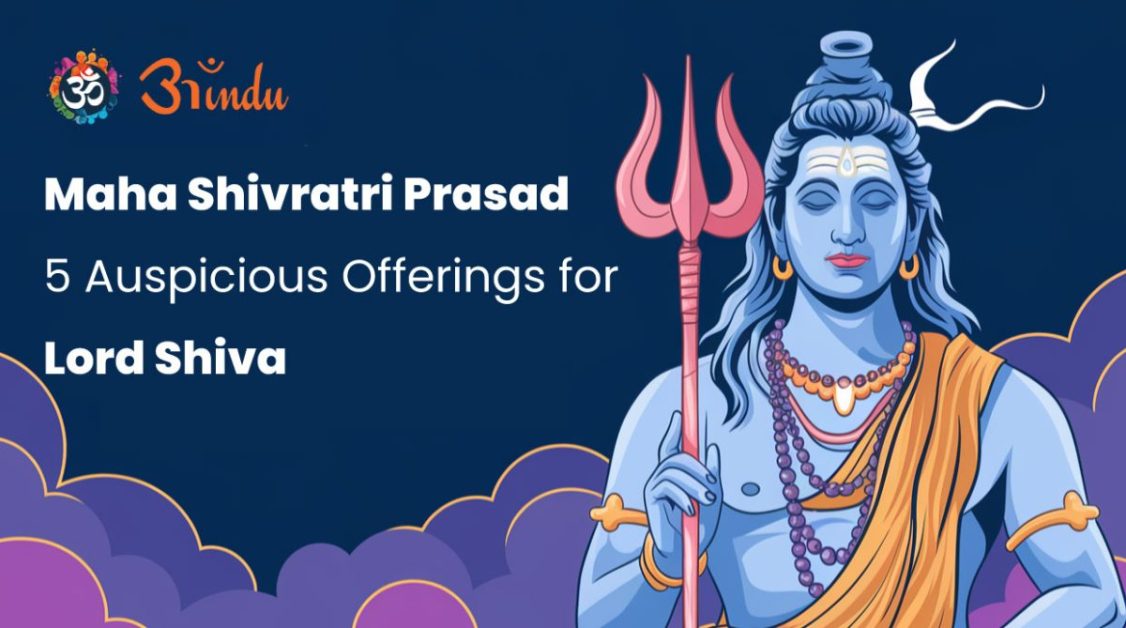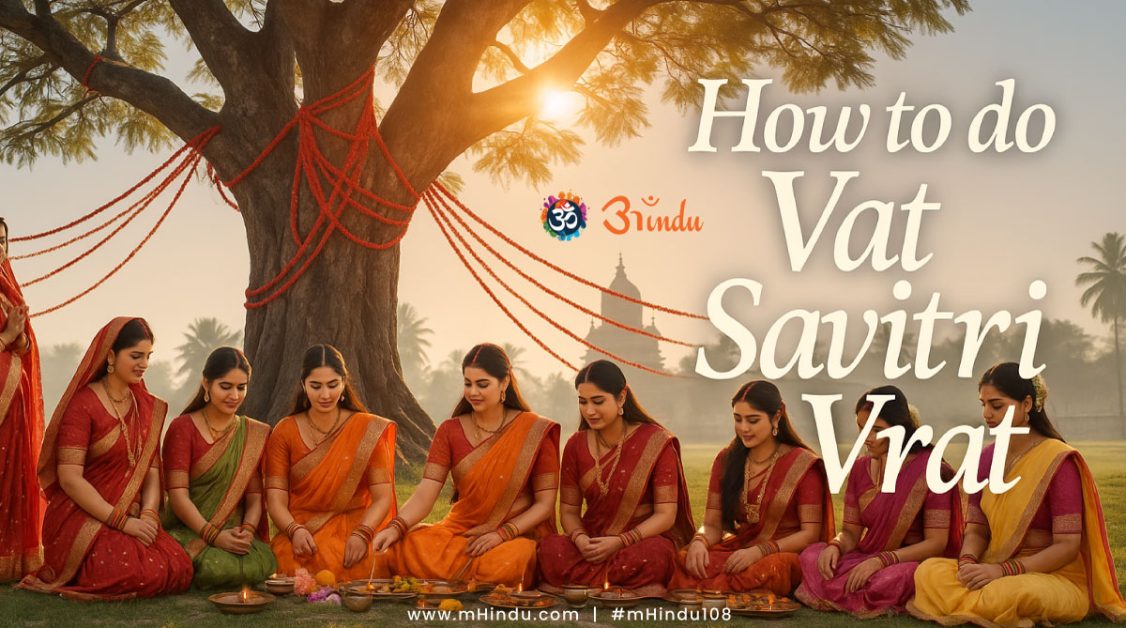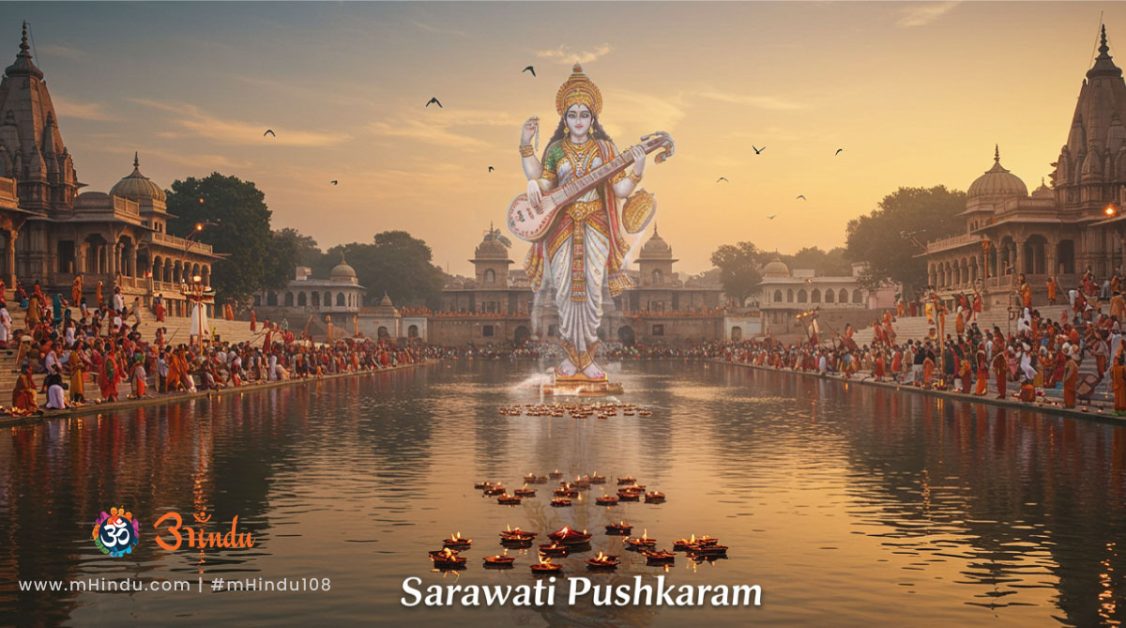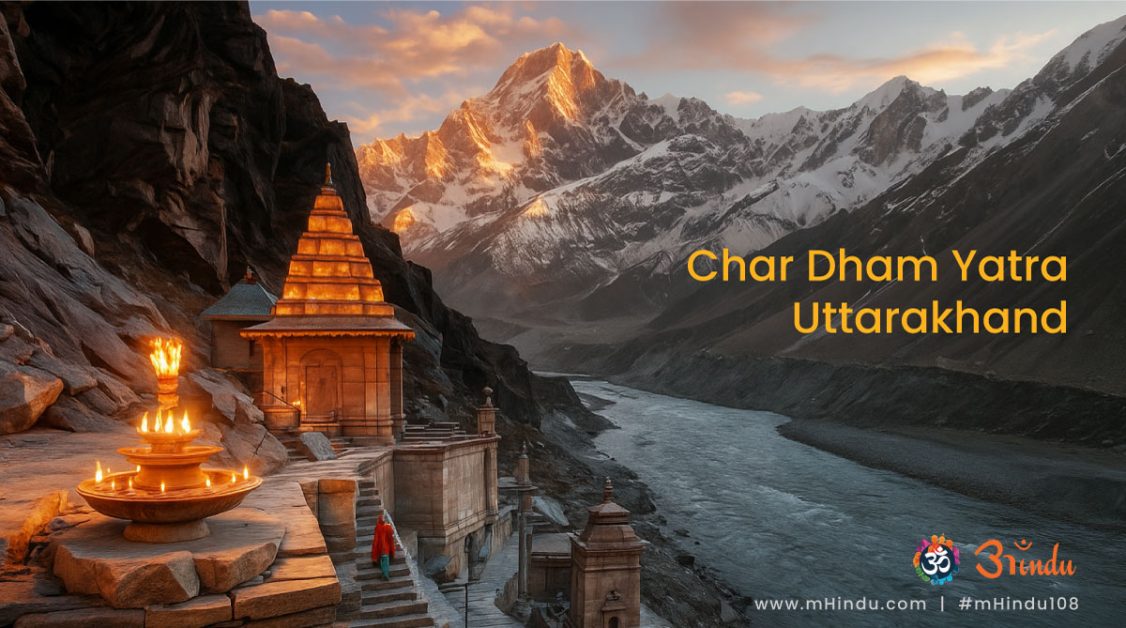
High in the Himalayan ranges of Uttarakhand, where the sky kisses the snow-capped peaks and the rivers sing ancient slokas, lies a spiritual path walked by saints, sages, and seekers for thousands of years — the Char Dham Yatra Uttarakhand.
Explore Blog Content
ToggleComprising the holy shrines of Yamunotri, Gangotri, Kedarnath, and Badrinath, this pilgrimage isn’t just a travel itinerary — it’s a transformational journey. Each dham (sacred abode) represents not just a deity but an element of the soul’s evolution.
In Sanatan Dharma, it’s said:
“Char Dham ki yatra karne se manushya janm safal hota hai”
(One’s human birth becomes meaningful upon completing the Char Dham Yatra.)
Whether you’re planning your first trip or revisiting after decades, this guide — infused with devotion, wisdom, and practical insights — will help you understand why the Char Dham Yatra in Uttarakhand is called the “gateway to moksha.”
What is Char Dham Yatra?
The term “Char Dham” translates to “Four Abodes.” In the context of Uttarakhand, it refers to:
- Yamunotri – the origin of River Yamuna
- Gangotri – the source of River Ganga
- Kedarnath – one of the 12 Jyotirlingas of Shiva
- Badrinath – the divine seat of Lord Vishnu
These four temples are located in the Garhwal Himalayas, each at different altitudes and terrains, symbolizing physical ascension and inner awakening.
Exploring the Different Forms of Lord Shiva
Spiritual Significance of Each Dham
Yamunotri: The First Step Toward Purification
Perched at 3,293 meters, Yamunotri is the origin of the Yamuna River, revered as the sister of Yama (the god of death). Bathing here is said to free one from untimely death and emotional impurities.
Pilgrims offer prayers at the Divya Shila, a sacred stone near the hot spring, before entering the main temple.
Gangotri: River Ganga’s Descent from Heaven
At 3,100 meters lies Gangotri, where Goddess Ganga is said to have descended from Shiva’s locks. The Spiritual Meaning of Char Dham Yatra deepens here — Ganga is not just a river, but flowing grace.
Chanting the Ganga Stotram and meditating at Bhagirath Shila intensifies the purification of karma.
(Internal Link: Ganga descent reference in Akshaya Tritiya blog — link when discussing river rituals.)
Kedarnath: Shiva’s Majestic Silence
Arguably the most emotional dham, Kedarnath sits at 3,583 meters behind the Mandakini River. This Jyotirlinga is believed to have emerged from the earth when Shiva escaped the Pandavas in the form of a bull.
Here, the silence is deafening — not of absence, but of presence.
Pilgrims chant:
“Har Har Mahadev”
as they trek the steep 16 km path, many barefoot, with tears in their eyes.
Badrinath: Moksha through Vishnu’s Compassion
At 3,133 meters lies Badrinath, where Lord Vishnu meditates in eternal bliss. The temple, nestled between Nar and Narayan peaks, is dedicated to Badri Vishal — a form of Vishnu as the sustainer of the universe.
The Badri Kedar festival, held between May and June, is a celebration of divine unity.
Ideal Route & Suggested Itinerary
Most yatras follow this sequence: Yamunotri → Gangotri → Kedarnath → Badrinath
This path is designed both logistically (altitude-wise) and spiritually — moving from purification (Yamuna, Ganga) to awakening (Kedarnath) and salvation (Badrinath).
Example itinerary (10–12 days):
| Day | Destination | Highlight |
|---|---|---|
| 1 | Haridwar / Rishikesh | Ganga Aarti at Triveni Ghat |
| 2–3 | Barkot & Yamunotri | Trek, darshan |
| 4–5 | Uttarkashi & Gangotri | Dip in Bhagirathi, temple visit |
| 6 | Guptkashi | Local darshans, prep for Kedarnath |
| 7–8 | Kedarnath | Trek + darshan + overnight stay |
| 9 | Badrinath | Vishnu temple visit, Mana village |
| 10–11 | Return via Joshimath | Optional stop at Auli |
Deeper Symbolism Behind the Yatra
The Char Dham Yatra isn’t just physical — it mirrors the four stages of human evolution:
- Yamunotri – Purification of Emotions
- Gangotri – Cleansing of Mind and Karma
- Kedarnath – Surrender of Ego
- Badrinath – Union with the Divine
This is why elders call it “Manav Jeevan ka Mahatva Purn Safar” (the soul’s complete journey in human life).
(Secondary Keyword: Spiritual Meaning of Char Dham – used 3+ times ✅)
Key Travel Tips for Pilgrims
- Acclimatize well — altitude sickness is common above 2500m
- Carry warm clothes even in May–June
- Pre-register for the yatra via the Uttarakhand Tourism portal
- Elderly devotees should carry ID, BP/diabetes reports
- Prepare mentally — it’s an emotional, physical, and spiritual trek
Register at https://registrationandtouristcare.uk.gov.in
Local Rituals, Beliefs, and Temple Practices
- Charan paduka (footprints) of Narayan are worshipped in Badrinath.
- In Kedarnath, ghee is offered on the Lingam — a symbolic healing of Shiva’s bull form.
- Gangotri has a Ganga return ritual in October, where the river is symbolically returned to heaven.
- At Yamunotri, rice is cooked in natural hot springs and offered as prasad.
Summary
The Char Dham Yatra Uttarakhand is more than a pilgrimage. It’s a mirror — one that reflects your weaknesses, strengths, hopes, fears, and ultimately, your divine potential.
You don’t return the same person.
With every step, mantra, and darshan, the soul ascends — closer to Shiva, Vishnu, the rivers, and above all, itself.
“Yatra na keval sharir ka, parmanand ki yatra hai”
(The journey is not of the body, but of bliss itself.)
FAQs
Q1. What is the best time to go for Char Dham Yatra in Uttarakhand?
The Char Dham Yatra usually starts in late April or early May and continues until October. The best time is between May to June and September, when the weather is stable.
Q2. Is it necessary to do Char Dham in a specific order?
Yes, the traditional order is Yamunotri → Gangotri → Kedarnath → Badrinath. This mirrors spiritual progression and altitude changes, making it easier for the body and meaningful for the soul.
Q3. How difficult is the trek to Kedarnath?
The Kedarnath trek is 16 km from Gaurikund. Though moderate to tough, it’s manageable with willpower. Helicopter services are also available for elderly or those with health conditions.
Q4. Can we do the Char Dham Yatra with children or elders?
Yes, but careful planning is needed. Avoid peak monsoon. Use registered guides, keep medical kits, and don’t rush. Helicopters and ponies help elderly devotees manage difficult sections.
Q5. Is registration mandatory for the Yatra?
Yes. As per Uttarakhand Government guidelines, e-registration is compulsory for all Char Dham pilgrims. It ensures crowd control, safety, and quick access to rescue in emergencies.
Q6. What are the must-carry items for Char Dham?
Essential items include woolens, raincoat, trekking shoes, medicines, flashlight, water bottle, energy snacks, identity card, and offline map or print itinerary. Also carry a mantra mala.
Q7. What rituals should be performed during the Char Dham Yatra?
Every dham has its own: bath in Yamuna/Ganga, ghee on Kedarnath lingam, offering tulsi at Badrinath. Chanting Vishnu Sahasranama and Om Namah Shivaya daily enhances the journey’s power.
Q8. Is there spiritual benefit even if I can’t complete all four dhams?
Yes. Every step counts. Visiting even one dham with faith is powerful. But completing all four — over time or in one trip — is considered most spiritually purifying.


